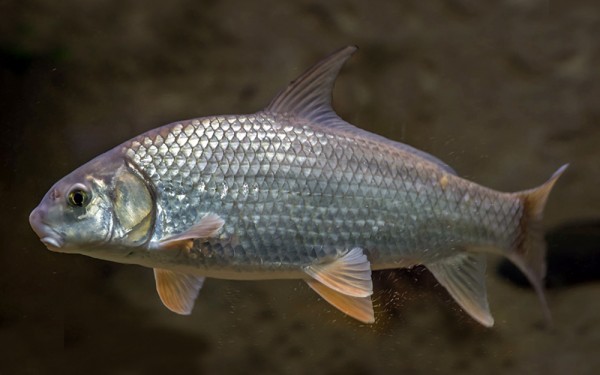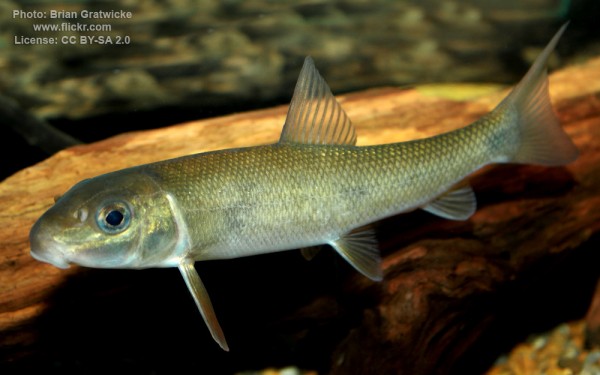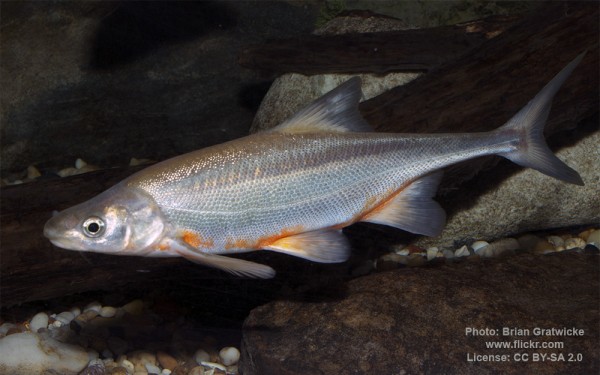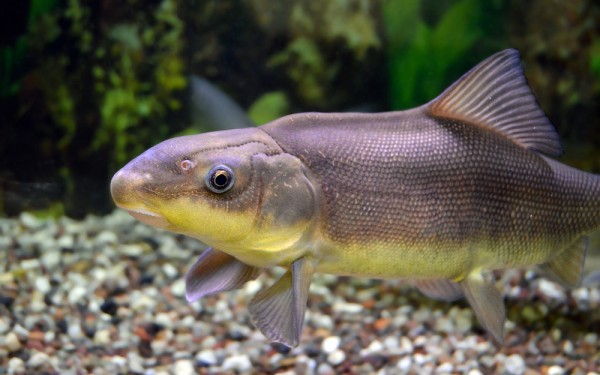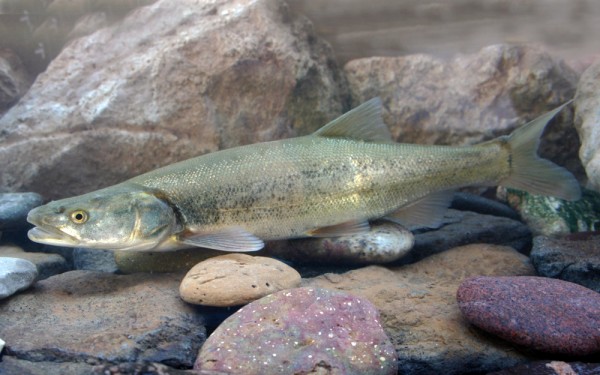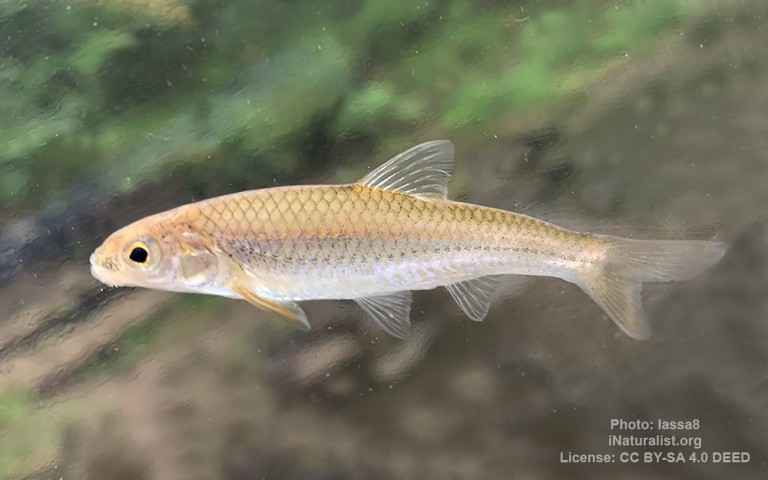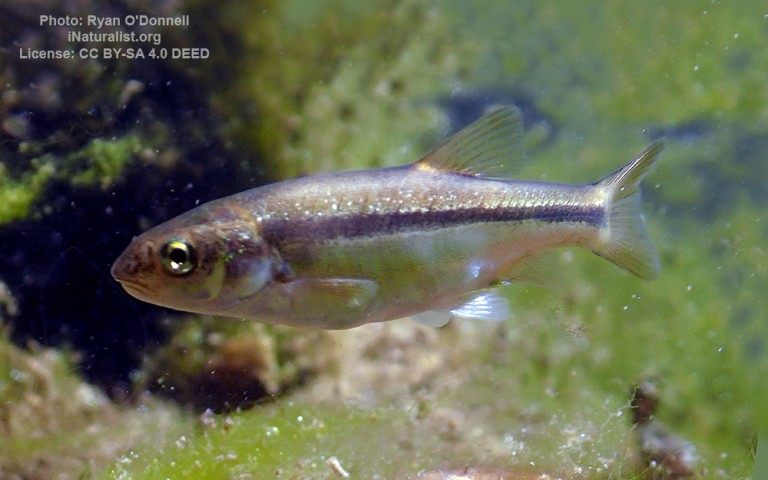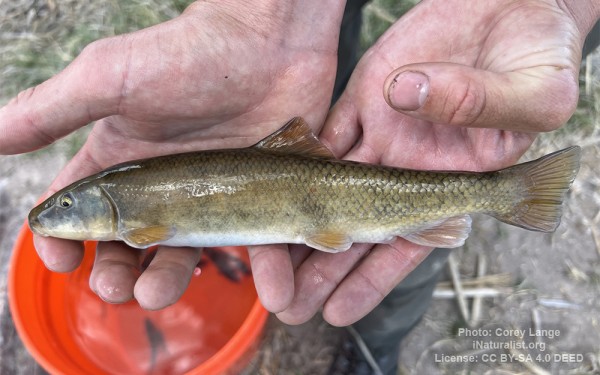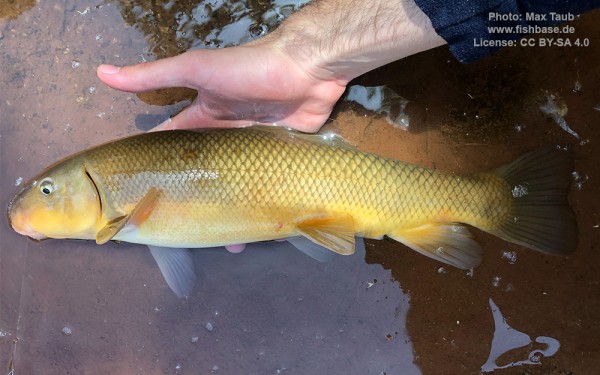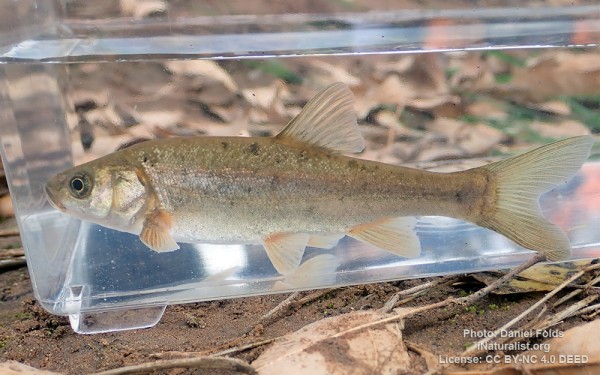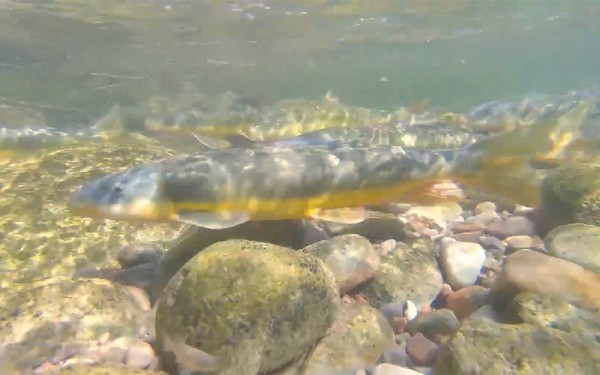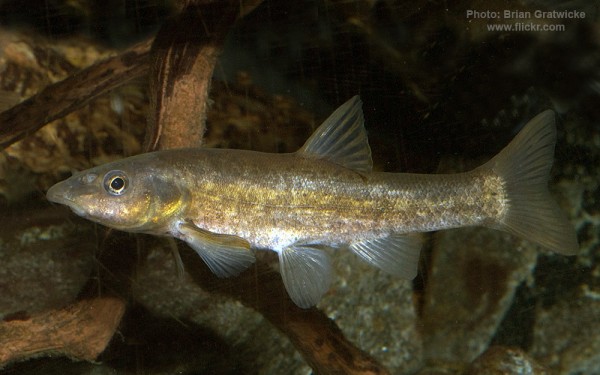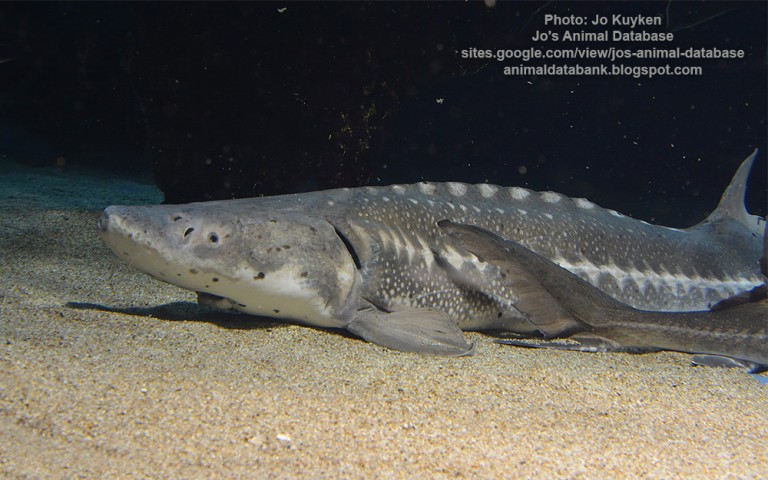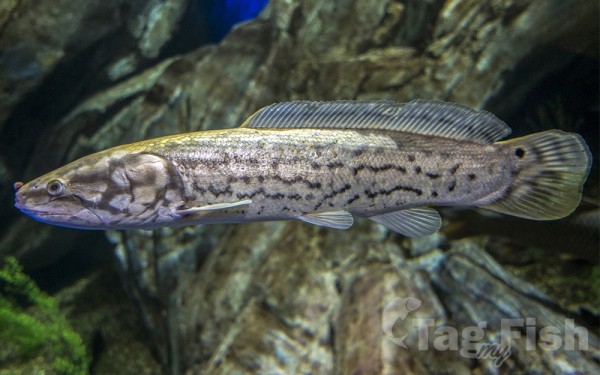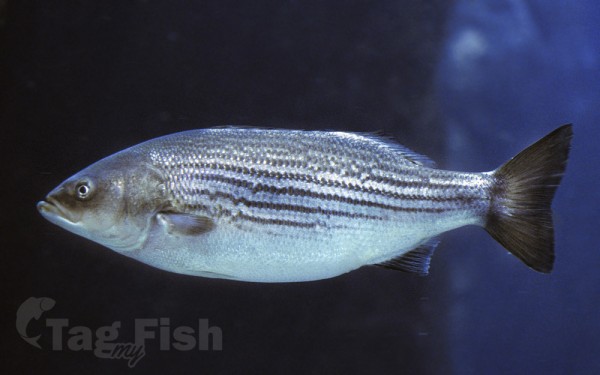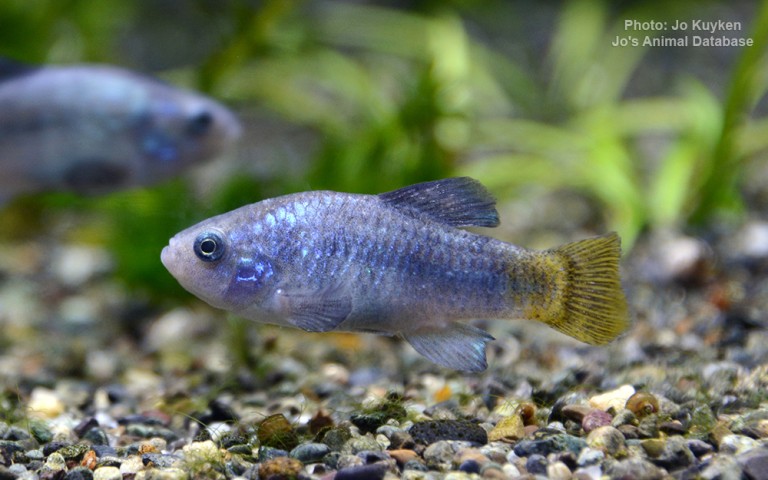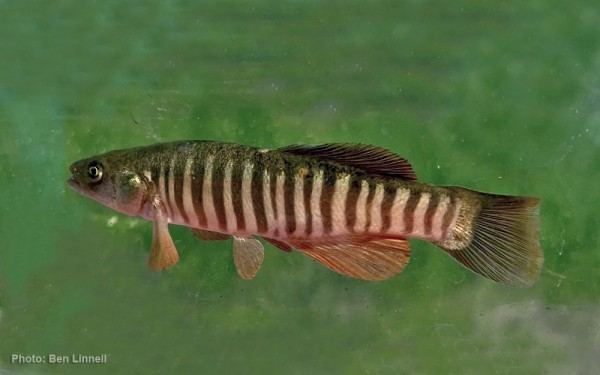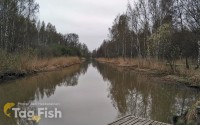Lake Powell
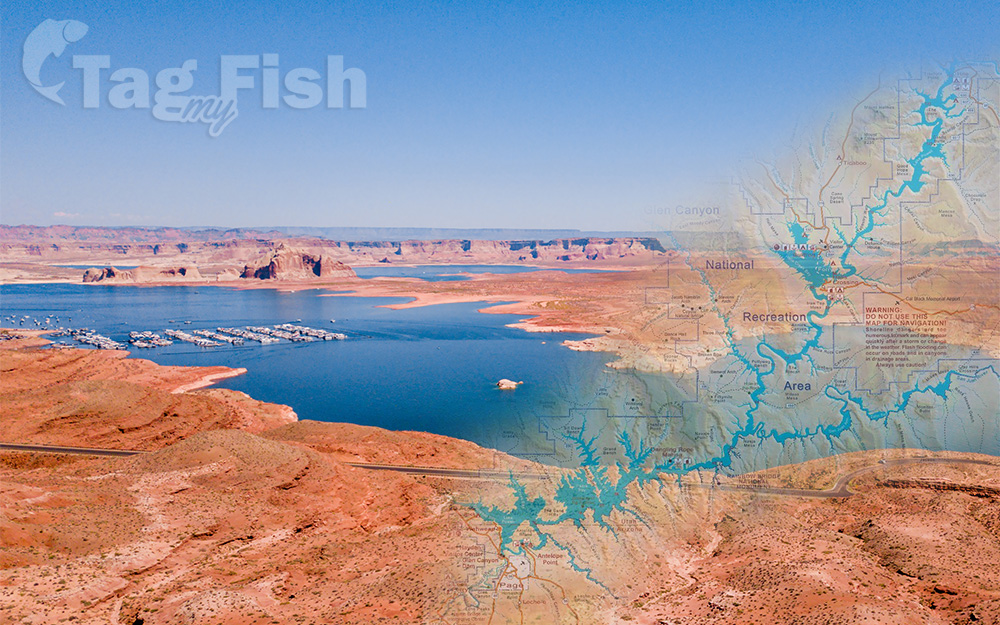
Cypriniformes - Carps
Acipenseriformes - Sturgeons and Paddlefish
Amiiformes - Bowfins
Moroniformes - Temperate basses
Cyprinodontiformes - Toothcarps
Cypriniformes - Carps
Acipenseriformes - Sturgeons and Paddlefish
Amiiformes - Bowfins
Moroniformes - Temperate basses
Cyprinodontiformes - Toothcarps
Lake Powell is an artificial reservoir on the Colorado River in Utah and Arizona, United States. It is a major vacation destination visited by approximately two million people every year.
It is the second largest artificial reservoir by maximum water capacity in the United States behind Lake Mead, storing 24,322,000 acre-feet (3.0001×1010 m3) of water when full. However, Lake Mead has fallen below Lake Powell in size several times during the 21st century in terms of volume of water, depth and surface area.
Lake Powell was created by the flooding of Glen Canyon by the Glen Canyon Dam, which also led to the 1972 creation of Glen Canyon National Recreation Area, a popular summer destination of public land managed by the National Park Service.
The reservoir is named for John Wesley Powell, a civil war veteran who explored the river via three wooden boats in 1869.
It primarily lies in parts of Garfield, Kane, and San Juan counties in southern Utah, with a small portion in Coconino County in northern Arizona. The northern limits of the lake extend at least as far as the Hite Crossing Bridge.
